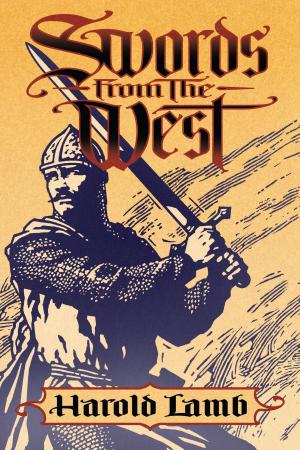The Heart in the Glass Jar
Love Letters, Bodies, and the Law in Mexico
Nonfiction, History, Americas, Mexico, Social & Cultural Studies, Social Science, Gender Studies| Author: | William E. French | ISBN: | 9780803284166 |
| Publisher: | UNP - Nebraska | Publication: | July 1, 2015 |
| Imprint: | University of Nebraska Press | Language: | English |
| Author: | William E. French |
| ISBN: | 9780803284166 |
| Publisher: | UNP - Nebraska |
| Publication: | July 1, 2015 |
| Imprint: | University of Nebraska Press |
| Language: | English |
The Heart in the Glass Jar begins with one man’s literal heart (that of a prominent statesman in mid-nineteenth-century Mexico) but is truly about the hearts, bodies, legal entanglements, and letters—as both symbols and material objects—of northern Mexicans from the 1860s through the 1930s.
William E. French’s innovative study of courtship practice and family formation examines love letters of everyday folk within the framework of literacy studies and explores how love letters functioned culturally and legally. French begins by situating love letters in the context of the legal system, which protected the moral order of families and communities and also perpetuated the gender order—the foundation of power structures in Mexican society. He then examines reading and writing practices in the communities that the letters came from: mining camps, villages, small towns, and the “passionate public sphere” that served as the wider social context for the love letters and crimes of passion. Finally, French considers “sentimental anatomy,” the eyes, hearts, souls, and wills of novios (men and women in courting relationships), that the letters gave voice to and helped bring into being.
In the tradition of Carlo Ginzburg’s The Cheese and the Worms and Natalie Zemon Davis’s The Return of Martin Guerre, French connects intimate lives to the broader cultural moment, providing a rich and complex cultural history from the intersection of love and law.
The Heart in the Glass Jar begins with one man’s literal heart (that of a prominent statesman in mid-nineteenth-century Mexico) but is truly about the hearts, bodies, legal entanglements, and letters—as both symbols and material objects—of northern Mexicans from the 1860s through the 1930s.
William E. French’s innovative study of courtship practice and family formation examines love letters of everyday folk within the framework of literacy studies and explores how love letters functioned culturally and legally. French begins by situating love letters in the context of the legal system, which protected the moral order of families and communities and also perpetuated the gender order—the foundation of power structures in Mexican society. He then examines reading and writing practices in the communities that the letters came from: mining camps, villages, small towns, and the “passionate public sphere” that served as the wider social context for the love letters and crimes of passion. Finally, French considers “sentimental anatomy,” the eyes, hearts, souls, and wills of novios (men and women in courting relationships), that the letters gave voice to and helped bring into being.
In the tradition of Carlo Ginzburg’s The Cheese and the Worms and Natalie Zemon Davis’s The Return of Martin Guerre, French connects intimate lives to the broader cultural moment, providing a rich and complex cultural history from the intersection of love and law.















